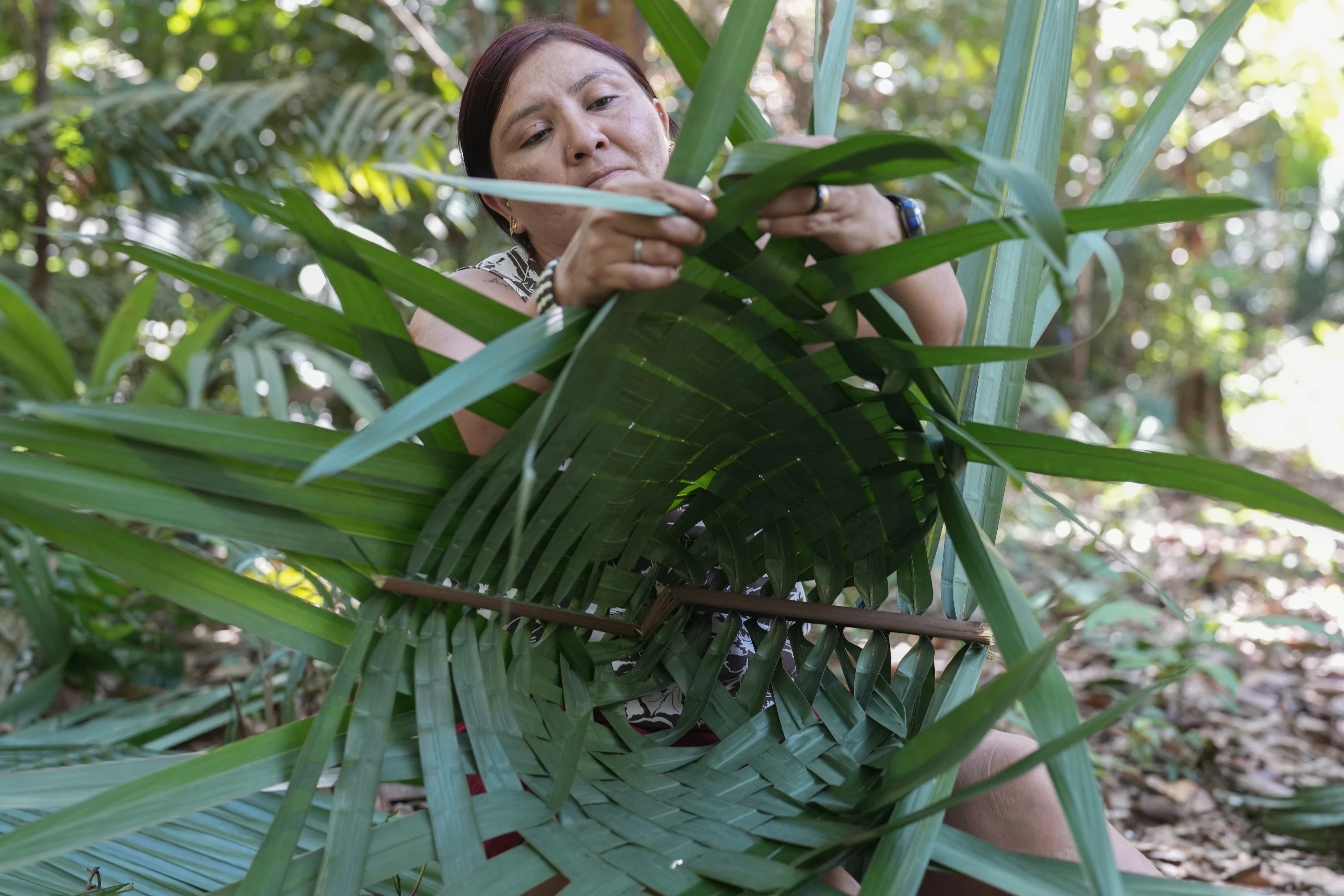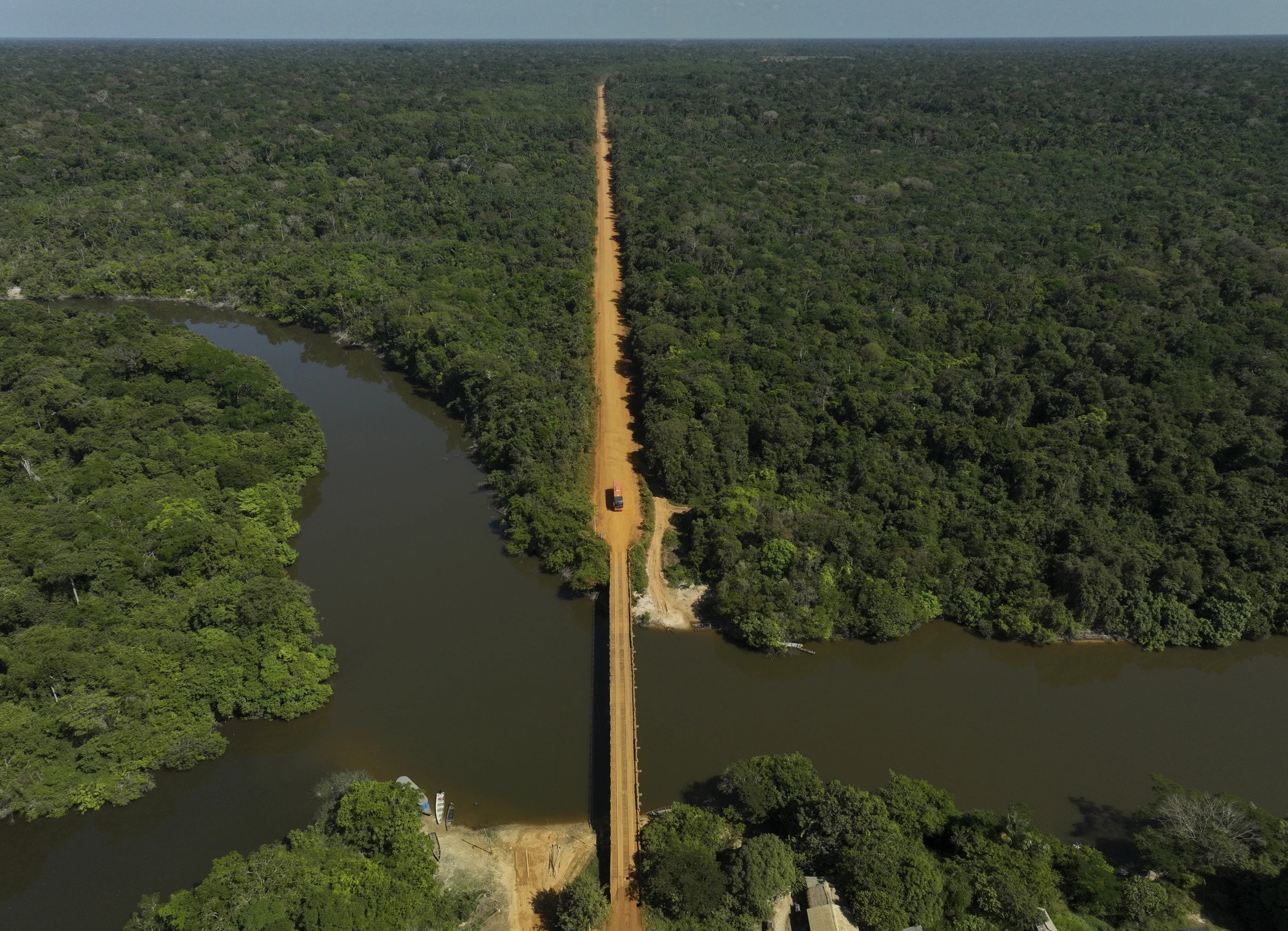© Turkuvaz Haberleşme ve Yayıncılık 2026
At night, in a village near the Assua River in Brazil, you can hear the rainforest buzzing with sounds. Sometimes, the noise from generators competes with the forest sounds, showing that people live here.
Not long ago, it seemed like the Juma people would disappear, just like many other Amazon tribes that were hurt by the arrival of Europeans.
In the late 1990s, the last remaining family was made up of three sisters, Borea, Mandei, and Mayta, and their father, Aruka, in his 50s. In 2021, Aruka died of COVID-19, prompting obituaries like the one in The New York Times that said the " last man of his tribe ” was gone, pushing the Juma, a patriarchal society, closer to extinction. Or so it seemed.
The sisters and their father had another plan.
"I became interested in trying to gather more strength,” said Mandei Juma. "So, I started taking on the role of the leader, the first woman to do so. My sisters and my father encouraged me to assume the position.”
She was the first woman to become a chief in this part of the Amazon. On her left arm is a tattoo of her father’s bow and arrow. The actual bow and arrows are in her home, shown with pride to a visitor.
During a forced relocation earlier in their lives, Mandei and her sisters decided to marry men of other tribes, maintaining their people's lineage, despite a patrilineal tradition.

Today, against long odds, the Juma are making a comeback. In their territory, a two-hour boat trip from the nearest road, their village is full of life.
Children of varied ages play in the river. People fish with nets and rods, throwing back the small fish. Women grind cassava into flour, manually, preserving scarce fuel for the generators at night. Others are out hunting.
Throughout the day, people gather at a soaring maloca, or common building, designed in the traditional Juma way, to eat, tend their macaws and parrots, lounge on hammocks during the warmest hours, pound cassava, and check WhatsApp messages on their cellphones, connected to the internet by a dish antenna.
Aruka, the woman's father, is buried under the maloca.
Mandei has been Juma chief for more than a decade now, recently stepping down in favor of her older sister, Boreá. She left behind long ago her initial adjustment to travel and leadership.
"Because we were few, people didn’t recognize us, didn’t respect us," she said. "There had never been a woman leader before, and then people came to tell me, ‘You shouldn’t have assumed it because you’re a woman.'"
At first, that hurt, she said. Then she stopped caring. "I adapted to seek solutions for our people,” she said.
The Juma Indigenous Territory, roughly the size of Las Vegas, is covered by old-growth Amazon rainforest. A top priority is to protect their territory, located in the south of Amazonas state, a hotspot of land-grabbing and illegal deforestation.

Mande fears they could be invaded the same way as the Uru-eu-wao-wao village where she grew up. Once immersed in the forest, it is now surrounded by pasture illegally planted by non-Indigenous invaders.
"I went back there for a visit, and the forest...” she trailed off, weeping. "It's very painful; this is what we don’t want to happen here.”
The planned paving of a highway next to the territory increases the likelihood of being invaded by land-grabbers. Cattle farming and soybean crop expansion across the region are palpably changing the environment and hurting their traditional way of life.
"The river doesn’t fill with water as it used to ... The water shouldn’t dry up so much like this. It’s much hotter, it wasn’t like this before. Our concern is this: Why is this happening? Because of deforestation,” she said.
To protect against this, young men, including Mandei’s nephew Pure, patrol the territory by boat. They use drones donated by a local Indigenous non-profit, Kaninde, to monitor the most remote areas against loggers, poachers, and fishermen.
